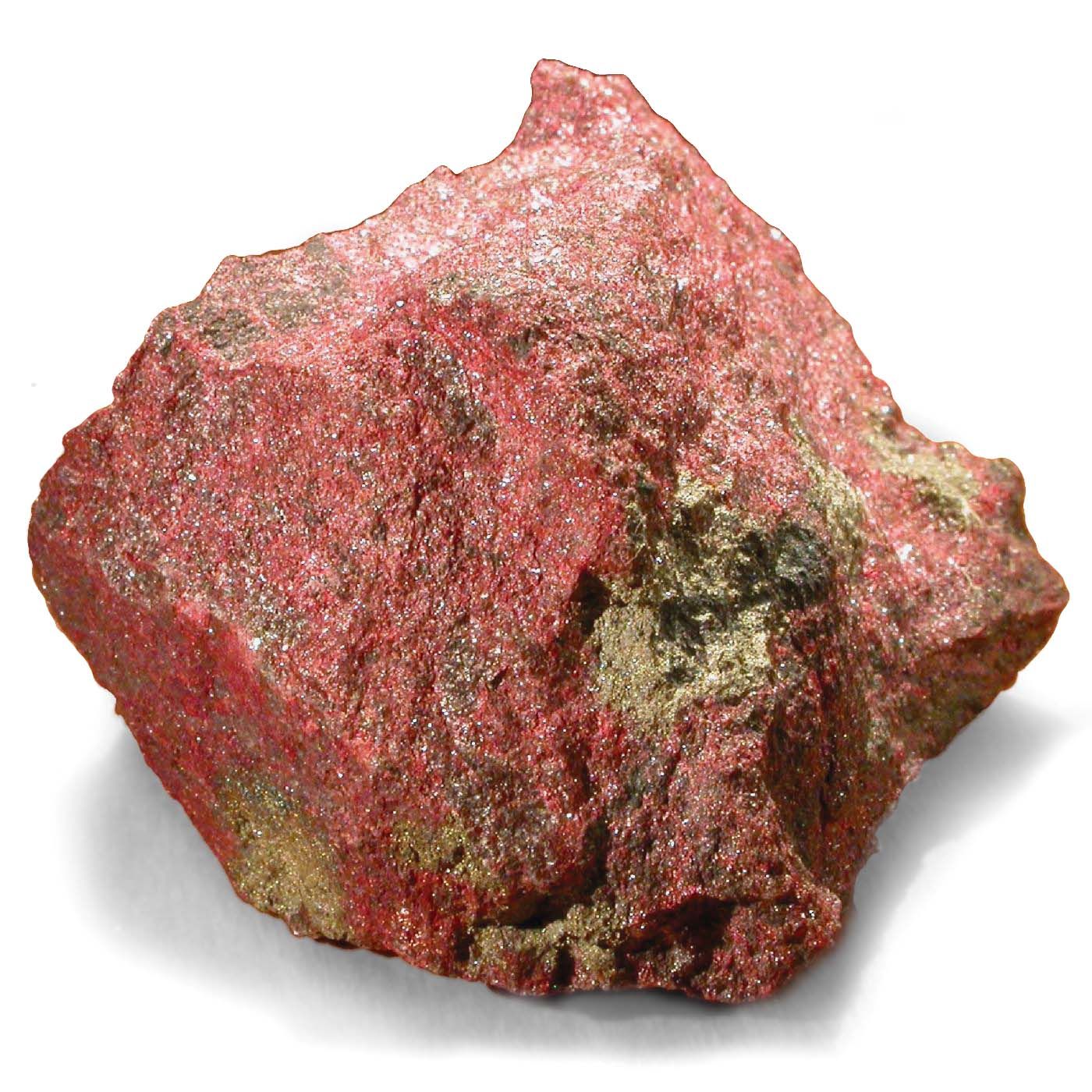

Natural mineral cinnabar composed of red mercuric sulfide
Vermilion and cinnabar are historical pigments of red mercuric sulfide (HgS). The former is the artificial mineral pigment, whereas the latter, cinnabar, is the mineral found in nature. Their hues and undertones are unmatched by any modern equivalent pigments, such as cadmium red.

Vermilion pigment is composed of red mercuric sulfide
An independent laboratory tested the pigments for soluble mercury and lead metals, according to method ASTM D5517-03 in which a sample is placed in a dilute solution of hydrochloric acid, which is the method accepted for simulating the acids found in the human stomach and the principal route of entry of these metals.
The test showed that less than 20 mcg (micrograms) of soluble mercury metal per gram of pigment was dissolved in the acid solution. The acceptable levels for soluble metals before hazardous labeling is required are:
Mercury 76 mcg/g
Lead 7 mcg/g
Of course, as with any dry powder pigment, a NIOSH-certified dust mask should be worn when working with dry powder pigments to avoid exposure to dust particles that can irritate the lungs. The above test results do not mean that proper protection should not be worn when working with mercuric sulfide pigments (or any pigment powders, for that matter).
The test results should be good news to anyone wanting to work with these historical pigments but concerned about their toxicity.
Suppose you are not interested in grinding these pigments and making your paint. In that case, you can also purchase the vermilion pigment ground in oil—Rublev Colours Vermilion Artists Oil from Natural Pigments.







